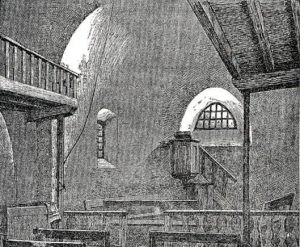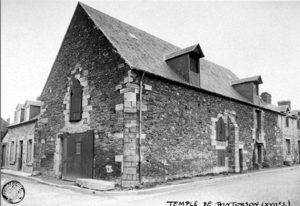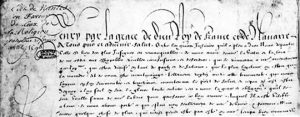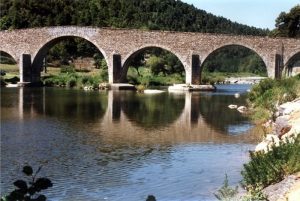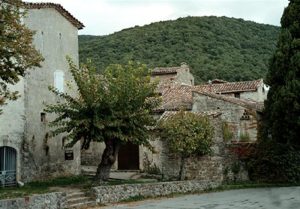A place of resistance
The first temple was a humble chapel with few openings for climatic reasons ; as stipulated by the Edict of Nantes, it was built at the far end of the village.
In 1680, as the Revocation was drawing near, the Protestants were summoned to forsake their religion. They had to renounce or migrate, and the Catholics took over the temple to transform it into a Catholic chapel. A stone apse was added and the edifice was saved from destruction (1680-1787).
However Vialas remained a place of resistance and, during the 17th century, the Reformed held their services at home or gathered on the slopes near Trenze.
During the Revolution (1789) the chapel was closed.
On the 30th of August 1804, the Protestant mayor of the town gave the keys of the former temple of Vialas to the consistory.

